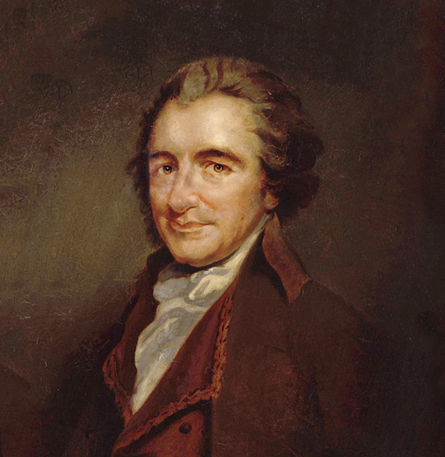
Early on in the American Revolution, on Jan. 9, 1776, Common Sense by Thomas Paine was published. Paine started writing Common Sense under the title “Plain Truth” but Benjamin Rush, who helped edit and publish the pamphlet, suggested changing the title.
Common Sense explained the need for immediate independence from the British Empire. The pamphlet was written anonymously because of its treasonous content.
At Rush’s suggestion, Paine went to Robert Bell to print the pamphlet.
After a falling out between the two men (Paine and Bell), Bell went on to print a second edition in which he added “Written by an Englishman.”
Paine disagreed with this addition, because he stressed “the doctrine, not the man” was important. Common Sense sold over 100,000 copies in the American Colonies and Europe. The pamphlet was widely circulated and was fully published in the Connecticut Courant newspaper.
Thomas Paine was able to maintain his anonymity until March 30, 1776. Common Sense has been citied as one of the most influential pamphlets during the lead up to the American Revolution.
“As my wish was to serve an oppressed people,” Paine had said, “and assist in a just and good cause, I conceived that the honor of it would be promoted by declining to make event the usual profits of an author.”
Paine donated the royalties from Common Sense to George Washington’s Continental Army. Thomas Paine publicly reputed his copyright to give all printers the legal right to print editions of the pamphlet.
Photo: Oil painting of Thomas Paine by Auguste Millière, 1880. Wikimedia Commons, photo of painting in public domain.










